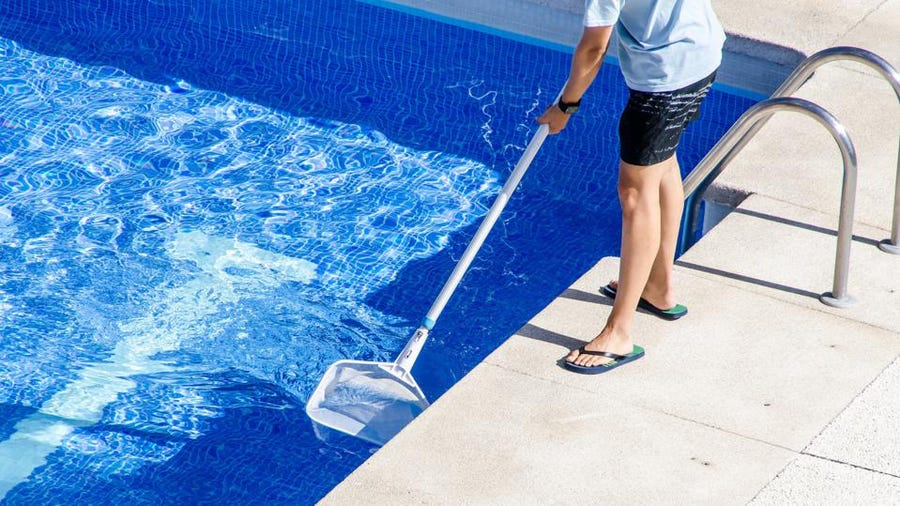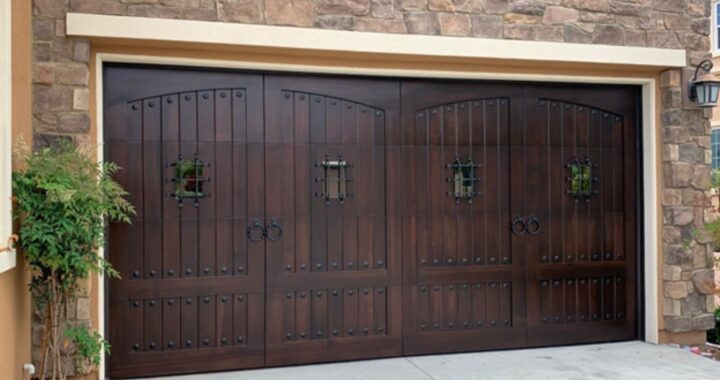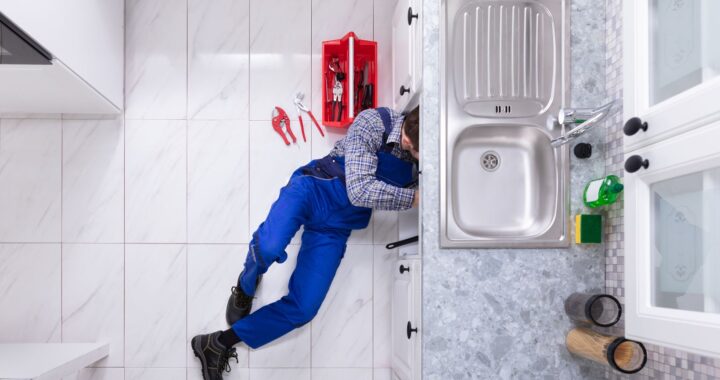Installation and maintenance of swimming pools

Swimming pools are becoming a more popular option for in-home fitness and many people are unaware of the installation and maintenance process. This post will cover the basics of what you need to know when it comes to getting a swimming pool installed in your home.
Pool installation process
The pool installation process typically begins with the excavation of the area where the pool will be installed. Once the hole is dug, the framing and reinforcing steel are installed. The pool shell is then positioned and set in place, and the plumbing and electrical work is completed. Finally, the decking or patio around the pool is installed.
Maintenance
Once your pool is installed, it is important to maintain it properly in order to ensure its longevity. This includes regular cleaning and checking of the pH levels in the water. It is also important to inspect the pool equipment on a regular basis to make sure everything is in working order. Swimming pools can be a great addition to any home, but it is important to be aware of the installation and maintenance process before making the decision to install one.
Pool maintenance tips
Assuming you have a chlorine pool, here are some tips to help you keep it clean and operating efficiently:
- -Test the water daily and adjust the pH as needed.
- -Brush the walls and floor of the pool weekly.
- -Vacuum the pool weekly.
- -Clean the skimmer baskets and pump strainer basket monthly.
- -backwash the filter as needed (usually every 2-4 weeks).
- -Have the water professionally tested and serviced every 4-6 weeks.
- – shock the pool as needed (usually 1-2 times per month).
How to prevent algae growth in your pool
To prevent algae growth in your pool, you should regularly clean it and add chlorine or other chemicals to the water. You can also take some preventative measures, such as using a pool cover and keeping the pH levels in your pool balanced. Algae growth is more likely to occur in pools that are not properly maintained, so it’s important to be diligent about cleaning and chemical treatments.
If you do find algae growth in your pool, you’ll need to take action to remove it. The best way to remove algae is to physically scrub it off of the surfaces in your pool. You can use a brush or a power washer to remove the algae, but be sure to avoid damaging the surface of your pool in the process. Once you’ve removed the algae, you’ll need to treat the water with chlorine or other chemicals to kill any remaining algae cells.
How to clean your pool filter
To clean your pool filter, you’ll need to remove it from the pool and scrub it with a brush. You can also use a power washer to clean the filter, but be careful not to damage it. Once the filter is clean, you’ll need to reinstall it in the pool and treat the water with chlorine or other chemicals.
How to prevent algae growth in your pool
If you want to keep your pool water temperature comfortable, there are a few things you can do. First, you can install a pool cover to help keep the water warm. Second, you can use a heater to warm the water. And third, you can add chemicals to the water that will help it stay warm.
Diamond brite vs pebble tec
When it comes to pool finishes, there are a few popular options available on the market. Diamond brite and pebble tec are two of the most common. So, which is better? Some people prefer the diamond brite finish because it is more reflective and gives the pool a brighter, more vibrant look. Others prefer the pebble tec finish because it is more natural looking and can be customized with different colors and finishes. Ultimately, the decision of which finish to choose for your pool is a matter of personal preference.

 How to Keep Your Garage Door and Gate Running Smoothly Year-Round
How to Keep Your Garage Door and Gate Running Smoothly Year-Round  Effective Solutions for Gutter Rust and Corrosion
Effective Solutions for Gutter Rust and Corrosion  Revealing Why Overlooking Plumbing Issues Could Cost You More
Revealing Why Overlooking Plumbing Issues Could Cost You More